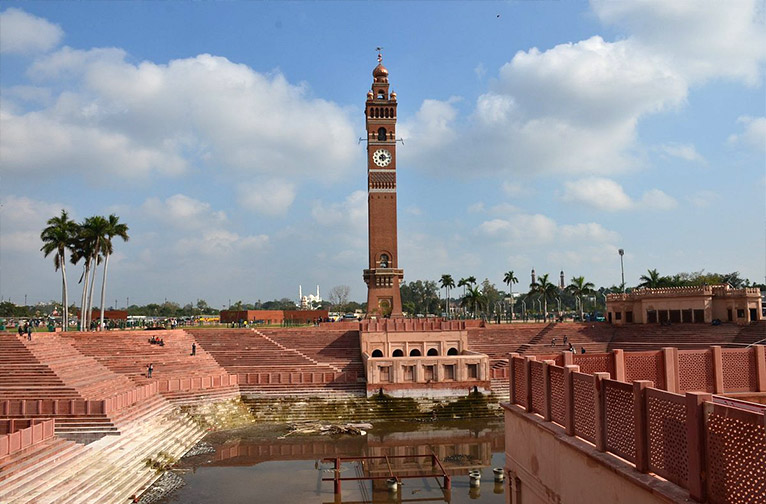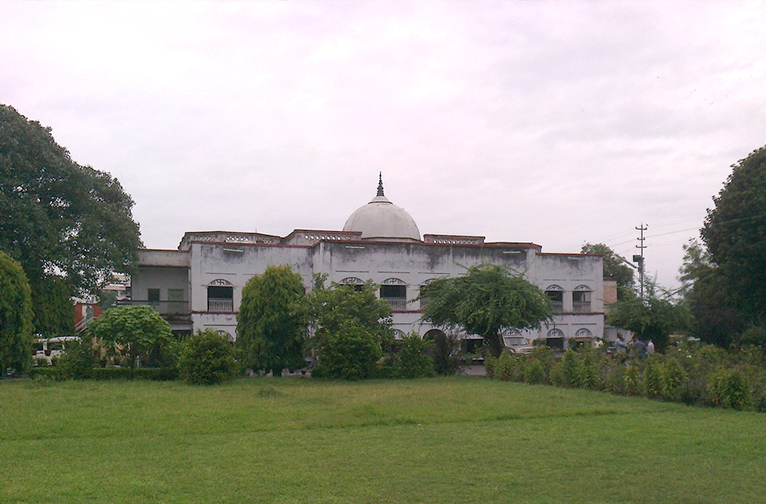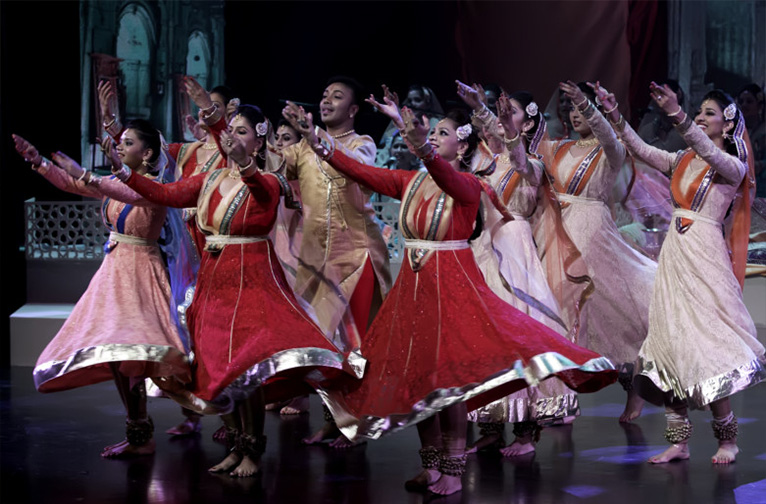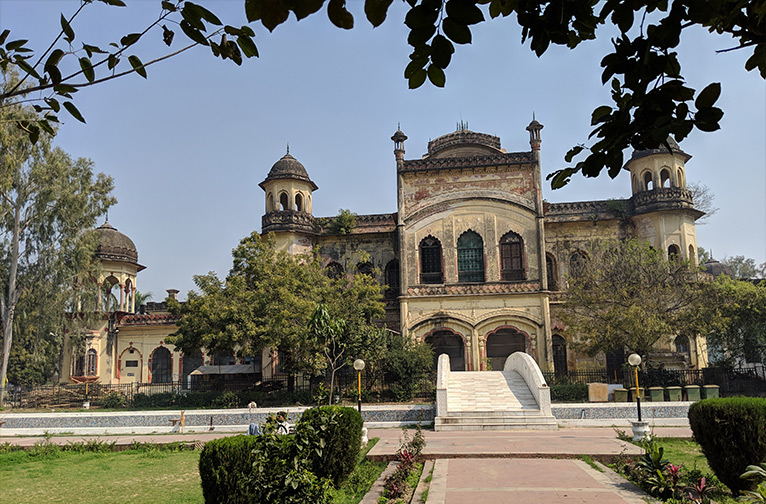At the zenith of their power Lucknow, the capital of the Awadhi nawabs was the epitome of wealth and heritage— and renowned for its high sophistication and cultural splendour—No wonder it was the bane of Mughal court at Delhi, and the envy of the British who just wanted to gobble it up under any pretext— We are talking about that golden era before the Great Indian Mutiny of 1857.
All levels of society in Lucknow were defined by nafasat (refinement) and nazakat (elegance) inspired the courtly life established by the Nawabs. Attracted by the largesse of their patronage, poets, writers, master artisans and gorgeous courtesans abandoned the Mughal court, to seek their fortunes in the light of this rising sun.
The gracious lifestyle, the extravagance, the love of all things luxurious, the delight in the performing arts and architecture, crafts and cuisine are deeply intertwined in the Lucknow of the Nawabi era.
When Asaf-ud-daula, the fourth nawab wazir of Awadh, who in1755 shifted the capital from Faizabad, it not only heralded a paradigm shift in Awadh politics, quite little Lucknow was transformed into a glittering world of high culture.
On your wanderings around the Old Quarter do seek out the signposts that direct you to the Nawabi culture, alive to in the most interesting way— the legendary pastimes and quirky exploits attached to the ways of the Nawabs.
The Nawabs were indulgent culture buffs and great builders and amongst the early contributions to the city was Bibiyapur Kothi. Built by Asaf-ud-daula as a country residence it served a hunting lodge for the Nawab who was inordinately fond of the blood sport. Nawab Ghazi-ud-din Haider who became ruler in 1814. for the first time ever in Lucknow. introduced the sport of animal fights. He would watch these bouts from the safety of Shah Manzil, located in the Moti Mahal complex across the river.


Nawab Nasir-ud-Din Haider was a keen enthusiast of astronomy and astrology and would spend hours at the observatory he set up. The Tarunwali Kothi observatory was equipped with some of the most sophisticated astronomical instruments of its times. It’s believed the nawab was quite adventurous in earthly matters in his private life. When he was not watching the stars, he would spend hours in the company of women in the harem conducting debaucheries and coming up with novel religious rites. It appears he was pretty bold—dressing up like a woman here when the mood took him.
Wajid Ali Shah, the last ruler of Awadh came to power in 1847. He is fondly remembered for his patronage of singers, musicians, dancers and artists. The Qaiser Bagh Palace complex, sadly now in ruins, was his private retreat. Surrounded by his retinue of women guards he would vanish in its maze-line interiors and indulge his private entertainments. A passionate champion of Kathak dancing, in which he was quite adept, he was known to turn his hand to poetry as well. Plays would be staged at the Parikhana, and the nawab himself took part in these rahas or ras leelas, inspired by Lord Krishna and his gopis. He was also involved in the choreography of these rahas, 36 of which are mentioned in ‘Banee’ a book he had penned.


Another quirky tale related to the nawab is when once a year Qaiser Bagh Palace would be opened to the public for the Yogi Mela. The nawab, dressed as a medicant fakir in saffron robes and flanked by two paris/ fairies, would hold court by the river under the trees. The attending citizenry were directed to come decked out in yellow clothes. The Picture Gallery of Hussianabad has a painting on display illustrating this event. In his Ishqnamah the nawab shares a description of the inspiration behind his Yogi Mela.
Nautch girls or tawaifs too had a role to play in nawabi society. On your wanderings around Chowk the guide will point out where some establishments used to exist in those days. Though no longer evident, the mujra culture flourished greatly under the patronage of the nawabs and the nobles of the court. These were not cheap down-at-heel affairs. The richly cultured soirees and would pull in even some leading poets and scholars of the court. These courtesans would be sumptuously dressed and well versed in the arts and music and dance and some of them would even participate in prestigious poetry symposiums in the city.
Kite flying, which is still passionately followed by old timers in the Old Quarter, was an established pastime for the nawabs. Asaf-ud-Daula personal favourite was the ‘tukkal’ or ‘fighter’ kite known for its speed. This was quite distinct as it featured three bows and was pretty heavy to manoeuvre. Gold and silver fringes adorned the tukkals he used.
The nawab also had another shauk (pastime) —Kabouter bazi or kite flying fights. Asaf-ud-Daula would station himself on the roof of the Gol Darwaza leading into Chowk, an epicenter of much action even in those times, and watch the avifaunal duels in the skies with immense delight, calling out and egging on his favourite birds. If stones could speak the lane from Gol Darwaza would have many tales to reveal of those halcyon days.
Only vestiges of that powerfully inspirational culture now remain. However, the rich nuances of this legacy can never be ignored, as visitors in the city will encounter it in the most unexpected ways.